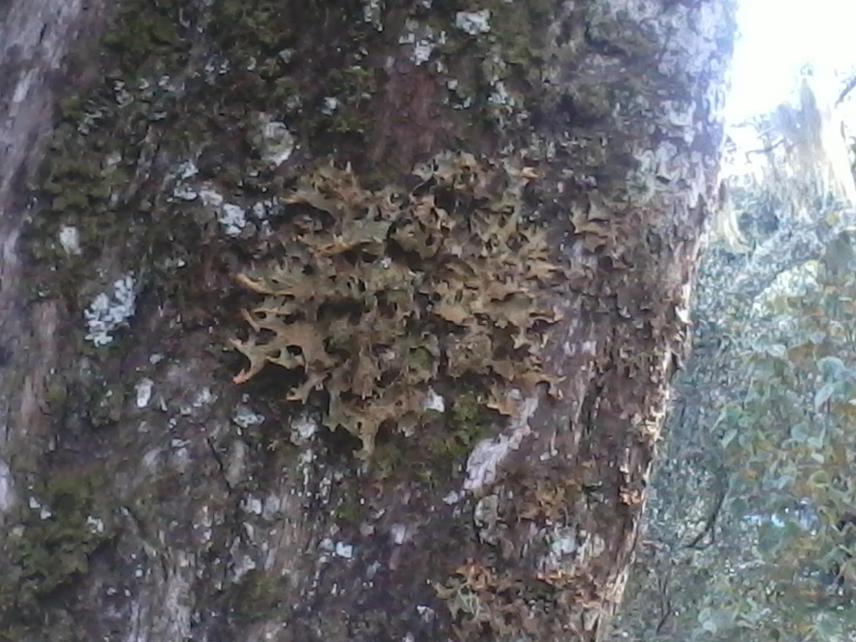Nuru Nyazirari Kitara
This project aims at identifying population size, threats and establishing possible conservation measures of epiphytic cyanolichens particularly Lobaria pulmonaria in Tanzania.
More than 13,500 lichen species are known to exist on all continents, from tropical rainforests to deserts, and in pristine habitats and built-up areas. Epiphytic lichens are an integral component of many forest ecosystems and represent a characteristic part of the total biodiversity (Catalan et al. 2010). They provide food and habitat for animals, contribute to nutrient cycles (Sillett, 2000). Lobaria pulmonaria is an epiphytic tripartite (photobiont symbionts are both green-algal and cyanobacterial) macrolichen (Snäll et al. 2005) that has suffered worldwide a significant decline during the last decades and therefore considered as endangered (Zoller et al. 1999 ). This tree-colonizing lichen species is strongly affected by the population dynamics of their host trees (Werth, 2007 & Snäll et al. 2003.

The decline in species of Lobaria during the last two centuries has been attributed to a number of factors including changing land use and forest management practices, loss of veteran trees and air pollution (Cameron & Richardson, 2006; Gu et al. 2001; & Wolseley & James, 2000). Recent research has also shown that L. pulmonaria is a cores species of a larger photobiont mediated lichen guild. A further decline of this species may easily lead to a significant extinction cascade of tree-colonizing lichen species (Dal Grande, 2011).
This project aims at identifying the population size, threats and possible conservation measures of Lobaria pulmonaria on Mount Kilimanjaro. This is one of the areas of hot spot of biodiversity with nearly 3000 plant species and providing a range of critical ecosystem services to over one million local inhabitants who depend on it for their livelihoods (Agrawala, 2003). The project is novel and no projects on lichen conservation have been conducted in Tanzania. Therefore, the findings of this research will be a bench mark for other researchers who are interested in exploring more about the potential of lichen community. Also, the identification of most endangered epiphytic tripartite macrolichens in Tanzania, particularly Lobaria pulmonaria and related lichen species, will contribute to the species status assessment for the IUCN Red List and provide a baseline for a long-term monitoring.